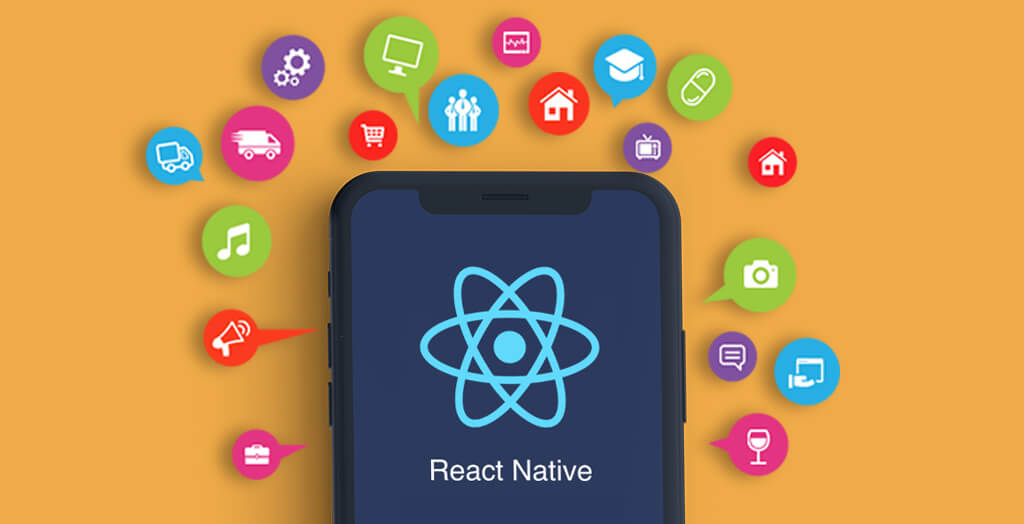Apple’s monumental shift from Intel processors to its custom silicon, starting with the M1 chip, has ushered in a new era in computing. This transition holds profound implications for iOS app development, promising unprecedented performance improvements and unlocking a myriad of new possibilities. In this article, we will explore the implications of Apple’s transition to custom silicon for iOS app development, delving into the performance enhancements, opportunities, and the evolving landscape for developers.
The Apple Silicon Advantage
1. Performance Revolution
The M1 chip, the first in Apple’s custom silicon lineup, marked a significant leap in performance for Macs and iOS devices. The integration of powerful CPU and GPU cores, unified memory architecture, and advanced machine learning capabilities has resulted in a performance revolution. For iOS app developers, this means the ability to create more sophisticated and resource-intensive applications without compromising on responsiveness or speed.
2. Unified Architecture
Apple’s move to custom silicon introduces a unified architecture across its ecosystem. The similarities in architecture between iPhones, iPads, and Macs pave the way for seamless cross-platform development. Developers can create apps that run natively on both macOS and iOS devices, streamlining the development process and fostering consistency across platforms.
3. Energy Efficiency and Battery Life
Custom silicon not only enhances performance but also brings notable improvements in energy efficiency. This translates to extended battery life for iOS devices, a crucial factor for mobile users. Developers can optimize their apps to take advantage of the energy-efficient design of Apple Silicon, contributing to a better overall user experience.
iOS App Development: Harnessing the Power of Apple Silicon
1. Native Performance
Apple Silicon allows developers to harness native performance, unlocking the full potential of iOS devices. Apps optimized for M1 and subsequent custom silicon iterations can deliver superior performance, taking advantage of the chip’s architecture for faster computations and smoother user experiences.
2. Code Optimization
To fully leverage Apple Silicon, developers need to optimize their code. This involves updating their apps to take advantage of the new architecture, ensuring compatibility, and incorporating optimizations for improved performance. As Apple continues to release updates and new iterations of its custom silicon, staying abreast of these changes will be key for developers.
3. Enhanced Graphics and Machine Learning
The advanced GPU capabilities of Apple Silicon open new possibilities for graphics-intensive applications and machine learning tasks. iOS app developers can explore creating visually stunning and immersive experiences, as well as integrating machine learning functionalities directly into their applications for more intelligent and personalized interactions.
New Possibilities in iOS App Development
1. Desktop-Class Apps on iPad
The convergence of macOS and iPadOS with Apple Silicon blurs the lines between traditional desktop and mobile experiences. iOS app developers can now envision and create desktop-class applications for iPads, taking advantage of the powerful hardware to deliver feature-rich and sophisticated software previously associated with desktop environments.
2. Enhanced Multitasking and Productivity
The improved performance and unified architecture of Apple Silicon enhance the multitasking capabilities of iOS devices. Developers can design apps that seamlessly support split-screen and multitasking functionalities, contributing to increased productivity for users.
3. Exploration of New Form Factors
The transition to custom silicon invites developers to explore new form factors and device categories. As Apple introduces innovative devices powered by its custom chips. Developers can envision and create applications tailored to these unique experiences, expanding their reach and influence in the iOS ecosystem.
Challenges and Considerations
1. Legacy App Compatibility
While Apple is encouraging developers to update their apps for compatibility with custom silicon, the transition may pose challenges for older apps or those that have not been actively maintained. Developers need to assess and update their codebases to ensure optimal performance on devices with Apple Silicon.
2. Dual Architecture Support
During the transition period, developers may need to support both Intel and Apple Silicon architectures. This dual architecture support ensures that apps remain compatible with older Macs while taking advantage of the performance benefits on newer devices. Managing this transition seamlessly requires careful consideration in the development process.
Conclusion: Shaping the Future of iOS Development
Apple’s transition to custom silicon, starting with the M1 chip, marks a pivotal moment in the evolution of iOS development. The performance improvements, unified architecture, and new possibilities unleashed by Apple Silicon. It redefine the boundaries of what app developers can achieve. As the ecosystem continues to evolve with subsequent iterations of custom silicon, developers must stay adaptive and innovative to capitalize on the full potential of this transformative shift.
The future of iOS development with Apple Silicon is not just about faster processors. It’s about reimagining the capabilities of iOS devices and creating experiences that were once considered beyond reach. The marriage of hardware and software in Apple’s ecosystem opens doors to unparalleled performance, cross-platform synergy, and the exploration of new frontiers in app development. As developers embrace the opportunities presented by Apple Silicon, they play a pivotal role in shaping the next chapter of iOS development, where innovation knows no bounds.









